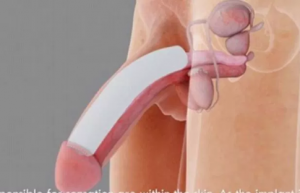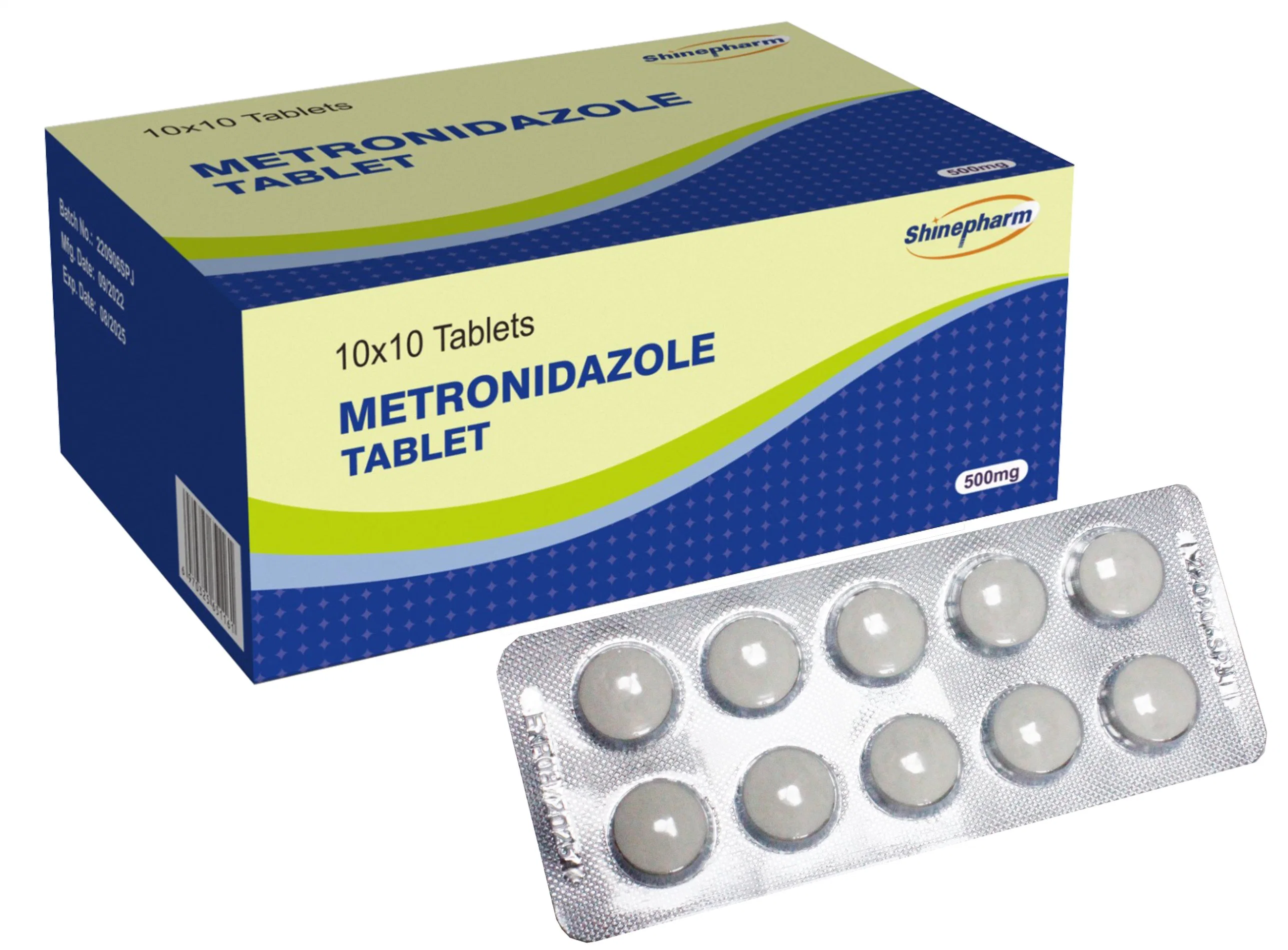Penis implant surgery, also known as penile prosthesis surgery, is a medical procedure designed to treat erectile dysfunction (ED) in men. This surgical intervention involves the placement of a prosthetic device inside the penis to help achieve and maintain an erection. The decision to undergo penis implant surgery is typically considered after other treatments for ED have been explored and found ineffective.
Understanding Erectile Dysfunction
Erdogan et al. (2018) highlight that erectile dysfunction affects millions of men worldwide, impacting their sexual health and overall well-being. It is characterized by the inability to achieve or maintain an erection sufficient for satisfactory sexual performance. Causes of ED can be psychological, neurological, hormonal, or due to blood vessel disorders, among others.
Types of Penile Prostheses
There are primarily two types of penile prostheses used in penis implant surgery: 1. Inflatable Devices: These are the most common type and involve a pair of cylinders that are implanted in the penis, connected to a fluid reservoir and a pump. The pump is used to inflate the cylinders, creating an erection, and deflate them after sexual intercourse. According to a study by Carson (2007), inflatable devices have high satisfaction rates among patients and their partners. 2. Malleable Devices: These consist of two bendable rods that are implanted in the penis. The rods can be bent upward for sexual activity and downward for concealment. Malleable devices are simpler and less expensive than inflatable ones but may not provide the same level of satisfaction or natural feel.
Surgical Procedure
The surgical procedure for penis implant placement typically takes a few hours and is performed under general or regional anesthesia to minimize discomfort. The surgeon makes an incision, usually above the penis, through which the prosthesis is inserted. For inflatable devices, the cylinders are placed in the penis, while the pump and reservoir are inserted through separate incisions. The process for malleable devices is similarly invasive but involves fewer components.
Risks and Complications
Like any surgical procedure, penis implant surgery comes with potential risks and complications. These can include infection, bleeding, mechanical failure of the device, and formation of scar tissue. According to Wilson et al. (2007), the risk of complications can be minimized with proper surgical techniques and post-operative care.
Recovery and Outlook
Post-surgery, patients are advised to avoid sexual activity for several weeks to allow for proper healing. Antibiotics are often prescribed to prevent infection. The success rate of penis implant surgery is high, with a significant improvement in the quality of life for many men with ED. However, it’s essential to have realistic expectations and to discuss potential outcomes with a healthcare provider.
Psychological Aspects
While penis implant surgery addresses the physical aspect of ED, the psychological impact of the condition and its treatment should not be overlooked. A study by Marcone et al. (2018) emphasizes the importance of considering the psychological well-being of patients undergoing this surgery, as addressing these aspects can lead to better overall satisfaction with the treatment.
Evolving Medical Technology
Advancements in medical technology continue to improve penile prosthetics, making them more reliable, easy to use, and offering a more natural feel. Ongoing research aims to minimize the risk of complications and improve patient satisfaction.
Insurance Coverage and Cost
The cost of penis implant surgery can be significant, but many insurance plans cover this procedure for the treatment of ED. Patients should check with their insurance provider to understand the extent of their coverage.
Conclusion
Penis implant surgery is a viable option for men with erectile dysfunction who have not found relief through other treatments. While it involves risks and should be considered carefully, the potential to restore sexual function and improve the quality of life makes it a worthwhile consideration for those affected.
What are the primary types of penile prostheses used in penis implant surgery?
+The primary types include inflatable devices and malleable devices. Inflatable devices are more common and involve cylinders that can be inflated for an erection and deflated afterward. Malleable devices consist of bendable rods that can be positioned for sexual activity or concealed.
What are the potential risks and complications of penis implant surgery?
+Potential risks and complications include infection, bleeding, mechanical failure of the device, and formation of scar tissue. Proper surgical techniques and post-operative care can minimize these risks.
How long does it take to recover from penis implant surgery?
+Patients are typically advised to avoid sexual activity for several weeks after surgery to allow for proper healing. The exact recovery time can vary depending on the individual and the specifics of the procedure.



